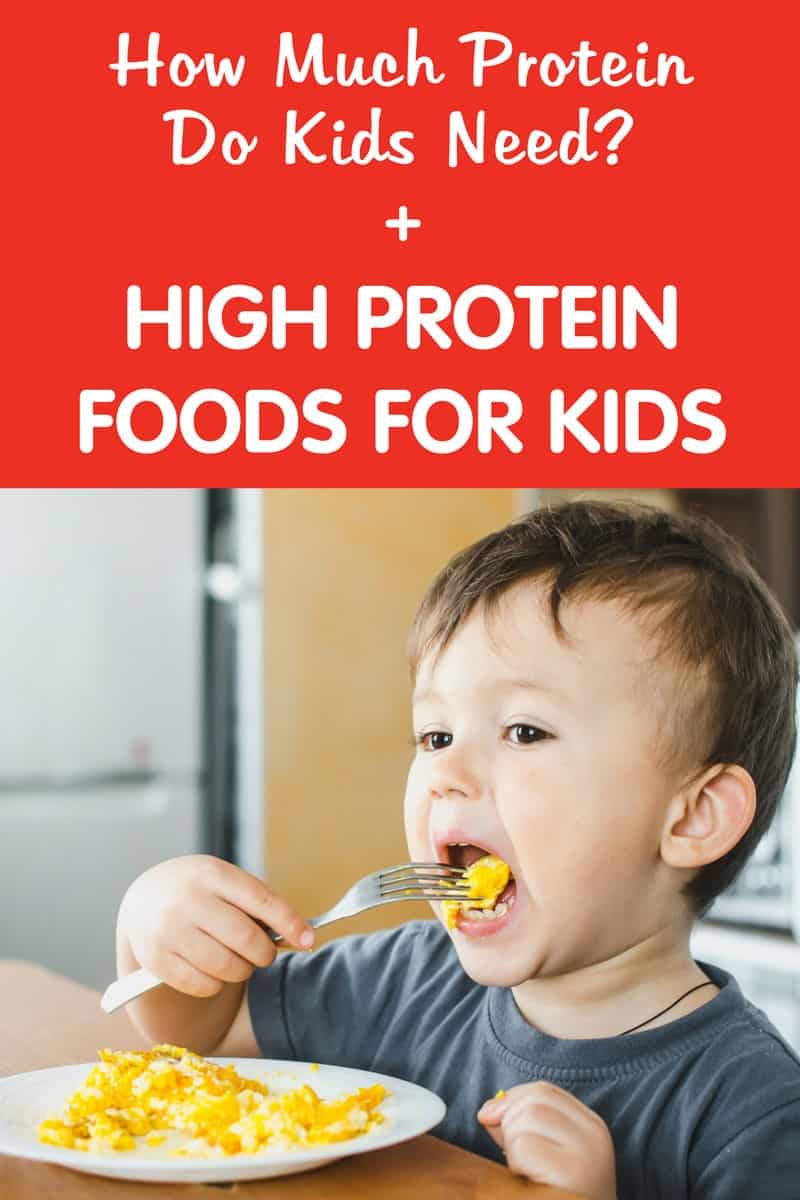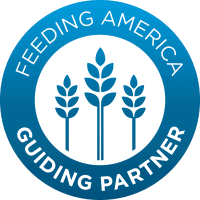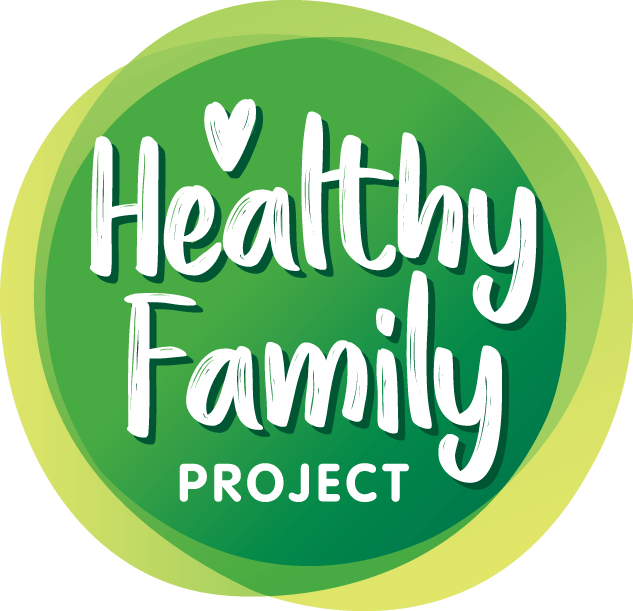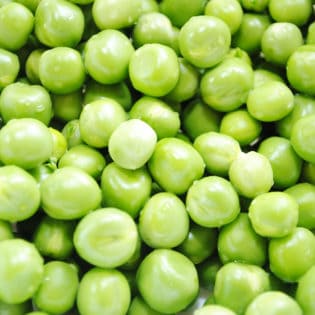High Protein Foods for Kids + How Much Protein Do Kids Need

Generally speaking, proteins that come from animal sources such as beef, poultry, fish, eggs or dairy are complete, or high-quality, proteins, whereas most plant sources of protein tend to lack one or more essential amino acids and are thus considered “incomplete” proteins
Whether you are raising a picky eater, a child who follows a vegetarian diet, or a little meat-lover, there are ways to make sure that your child receives enough protein for optimal growth and nutrition. Protein requirements vary by age, sex, and physical activity level [like most nutrients], and while I don’t advocate obsessing over counting each gram of protein your child gets in a day, here’s a quick reference as to how much protein your child needs:
- 2-3-year olds: 13 grams
- 4-8-year olds: 19 grams
- 9-13-year olds: 34 grams
- 14-18-year olds: 52 grams [boys], 46 grams [girls]
Protein can be found in a variety of foods, so do not stress if your child loves carbohydrates. Good sources of protein include meat, poultry, fish, eggs, dairy, nuts, seeds, and legumes, along with certain whole grains and vegetables. Serving three balanced meals and a healthy snack or two throughout the day will provide plenty of opportunities for getting protein, not to mention the carbohydrates and healthy fats that your child needs too. The amount of protein found in food is always listed on the food label, so be sure to read food labels for grams of protein per serving.
To give you an idea of how much protein is in food, take a look at the following list:
- 3 oz of strip steak = 19.5 grams of protein
- 3 oz of chicken = 21 grams of protein
- 3 oz of salmon = 17 grams of protein
- 1 egg = 7 grams of protein
- 1 cup of 1% milk = 8 grams of protein
- 1 cup of plain nonfat Greek yogurt = 17 grams of protein
- 1 oz of almonds = 6 grams of protein
- 2 tbsp of peanut butter = 7 grams of protein
- ½ cup of black beans = 7 grams of protein
- 1 cup of quinoa = 8 grams of protein
When choosing which proteins to buy, my motto is to go lean with protein and choose low fat or nonfat dairy products to reduce the amount of total and saturated fats consumed.
Here are some quick tips to add more protein to your daily routine:
- Eat a variety of foods from the Protein Foods Group each week. Experiment with main dishes made with beans or peas, nuts, soy, and seafood.
- Choose lean or low-fat cuts of meat like round or sirloin and ground beef that is at least 92% lean. Trim or drain fat from meat and remove poultry skin.
- Try beans and peas (kidney, pinto, black, or white beans; split peas; chickpeas; hummus), soy products (tofu, tempeh, veggie burgers), nuts, and seeds. They are naturally low in saturated fat and high in fiber.
- Try substituting in Greek yogurt for mayonnaise or sour cream when making dips and dressings to increase your protein and receive other added benefits.
- Create your own protein-packed trail mix with seeds, nuts, and dried fruits. Nuts and seeds are a concentrated source of calories, so eat small portions to keep calories in check.












Try substituting mayonnaise and sour cream for Greek yogurt when making dips and dressings to increase your protein and receive other added benefits.
Might need to check this think it should say Substituting “Greek Yogurt for mayonnaise and sour cream”
Updated! Thanks for the catch!